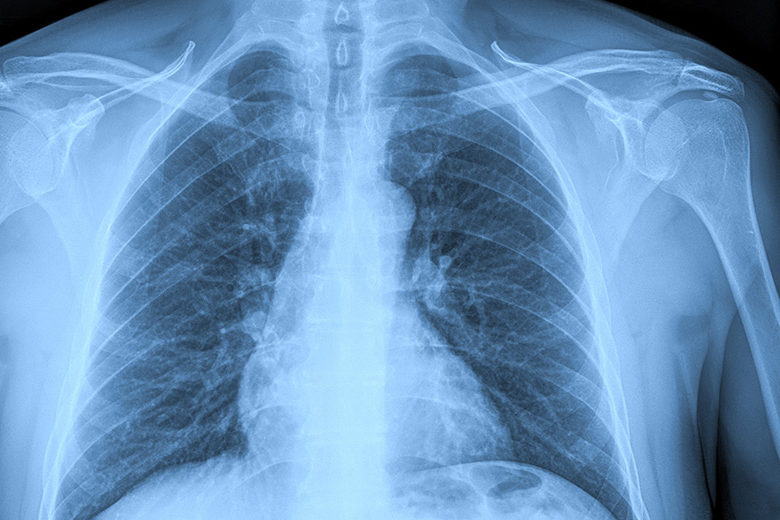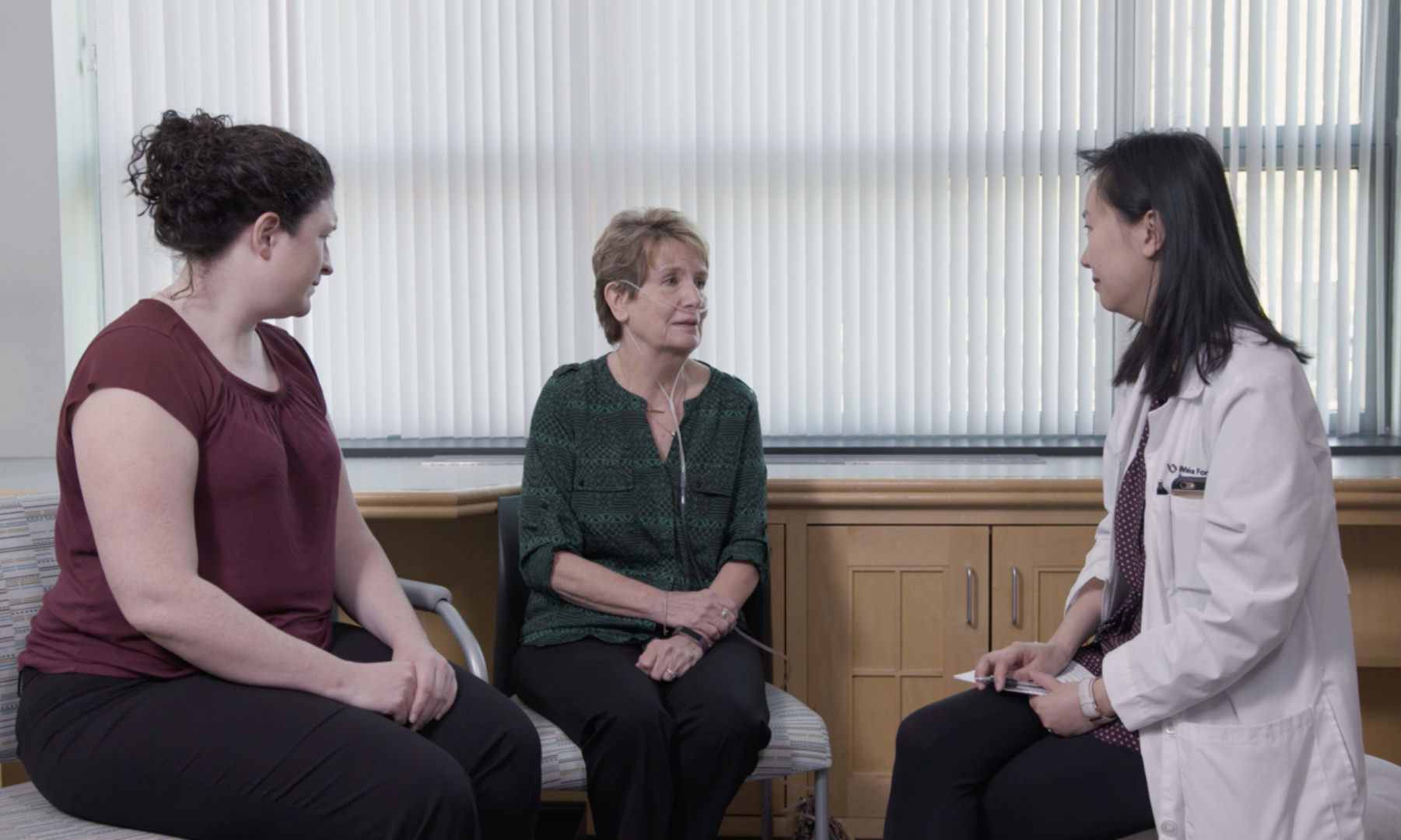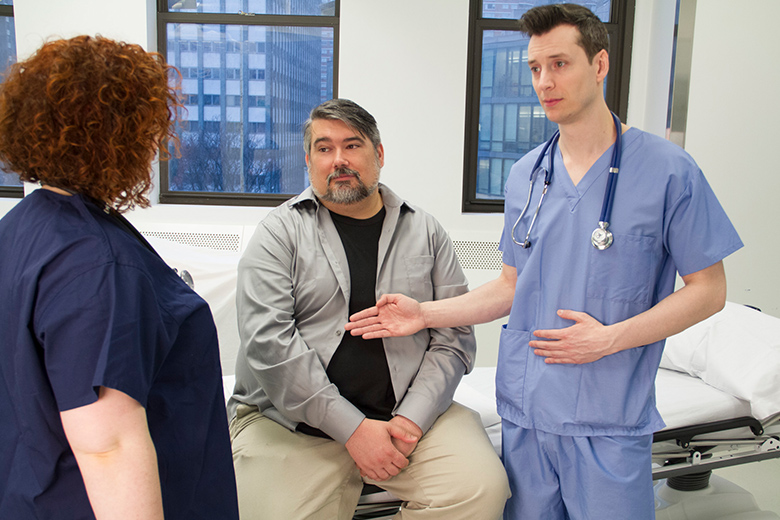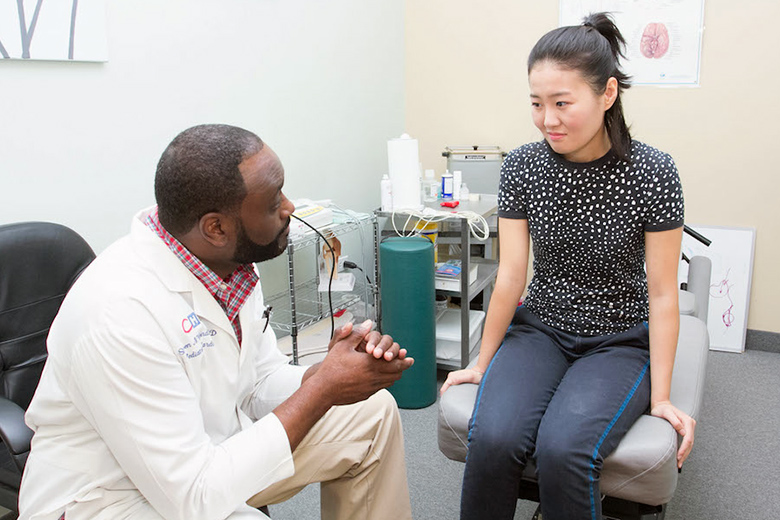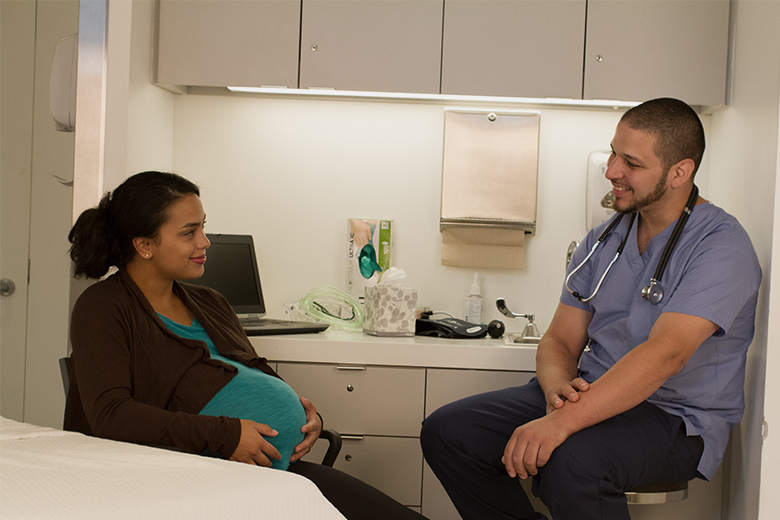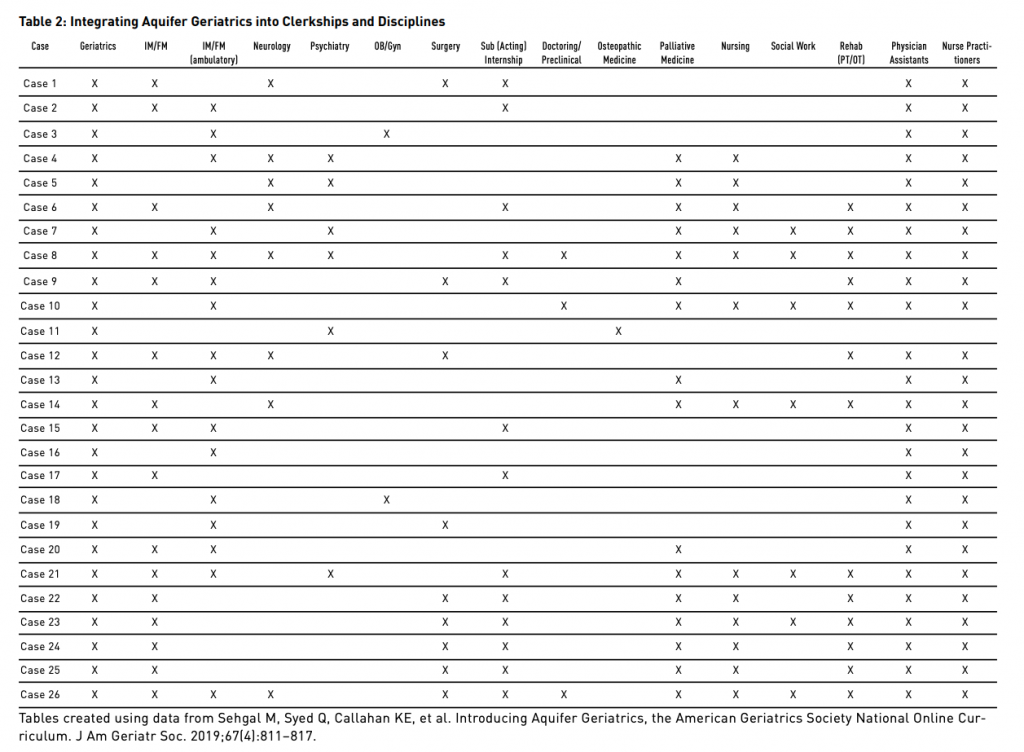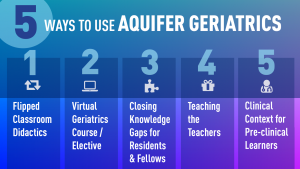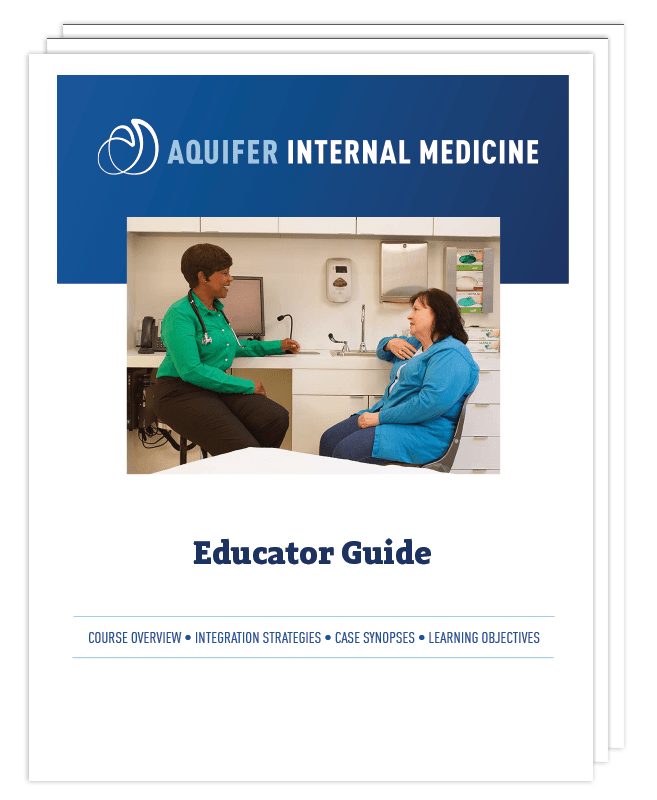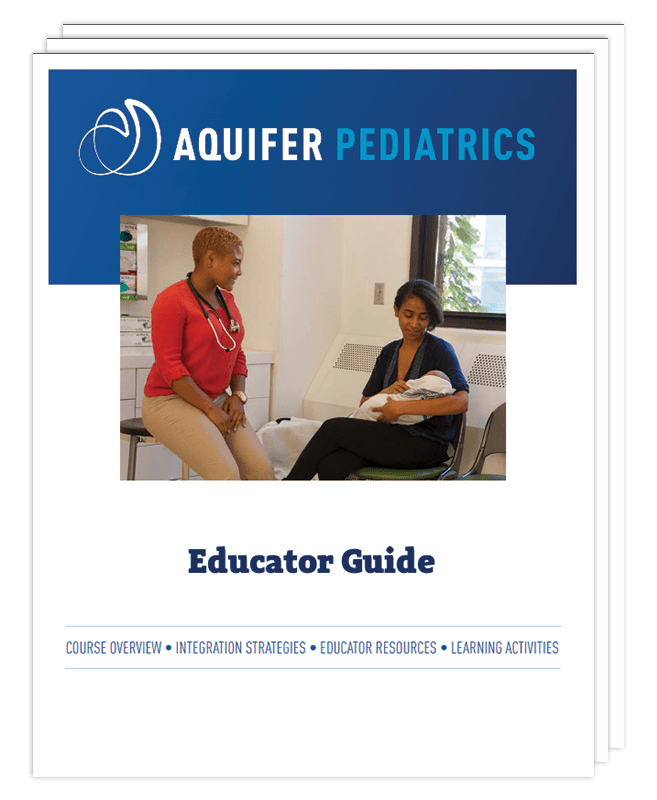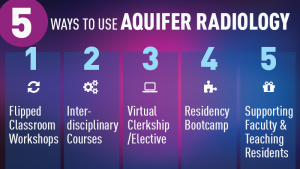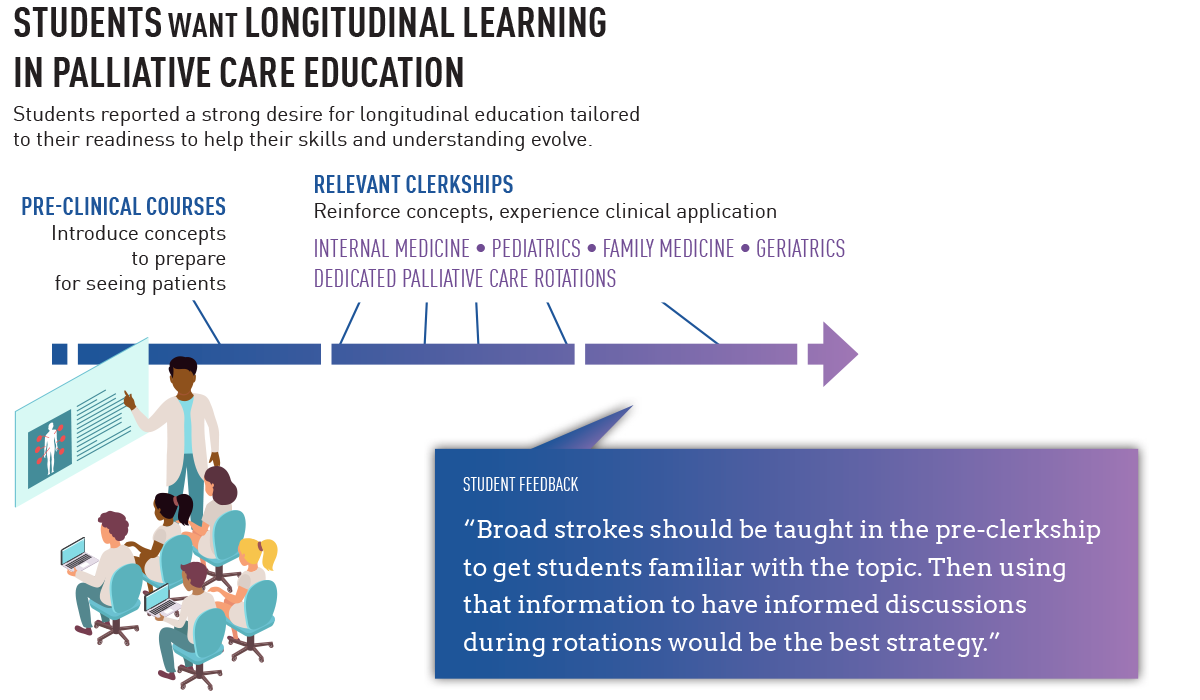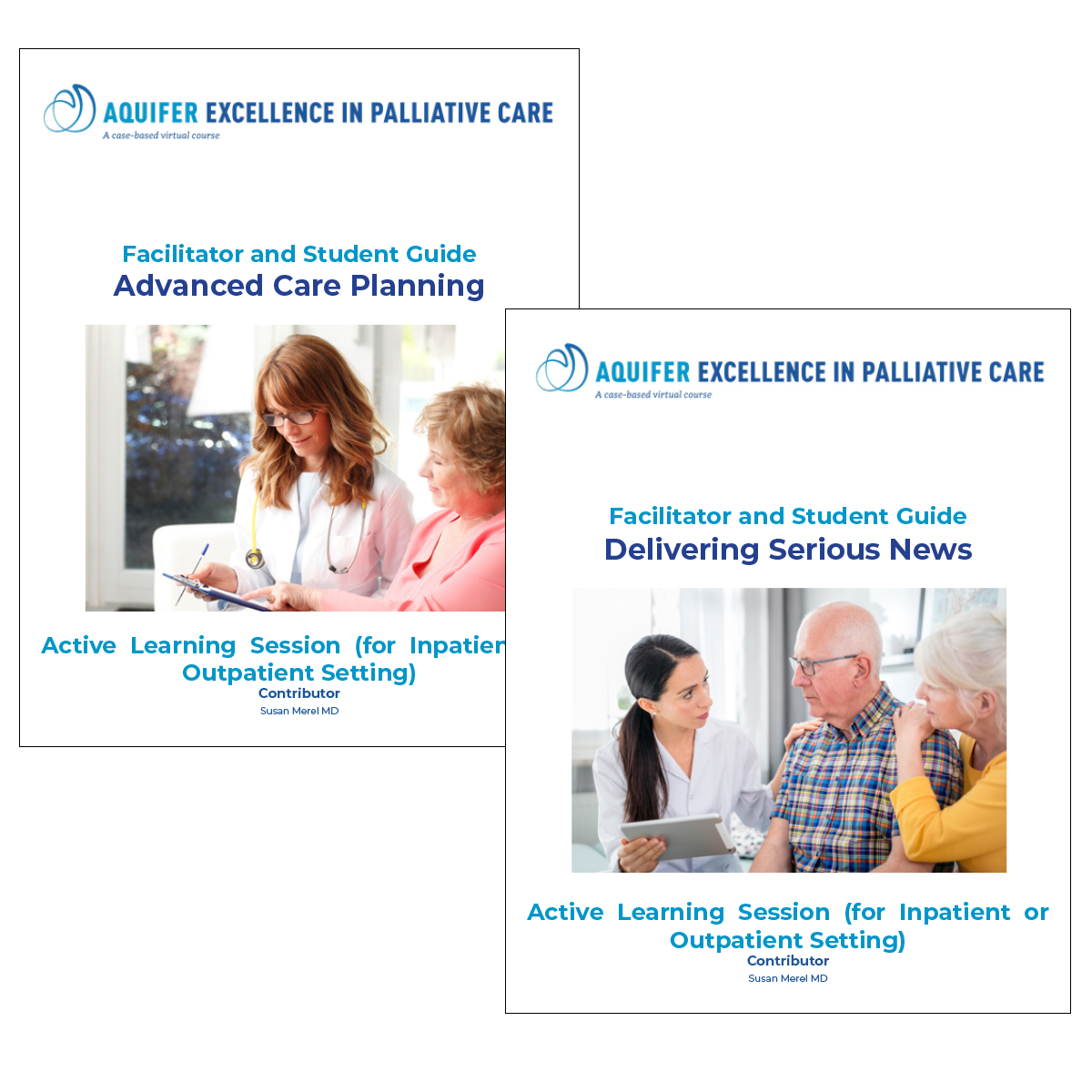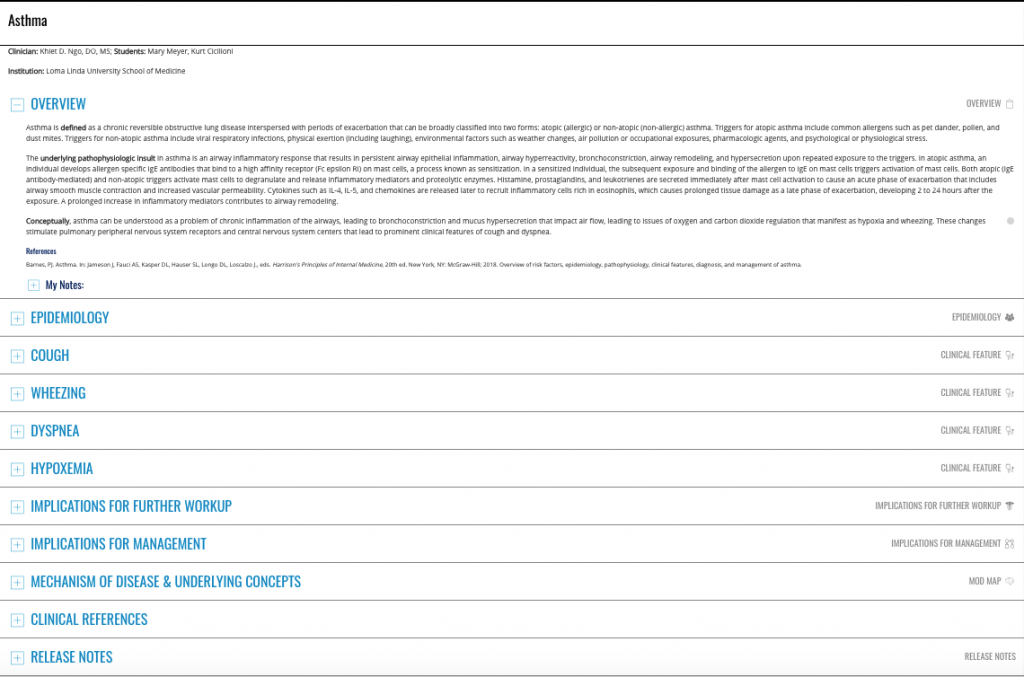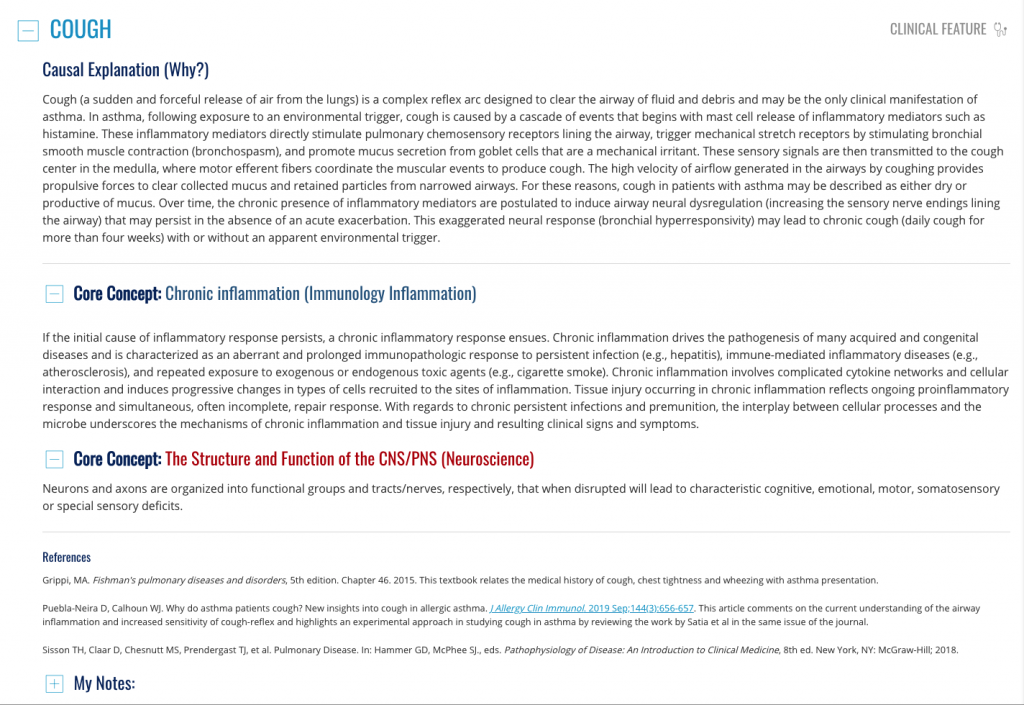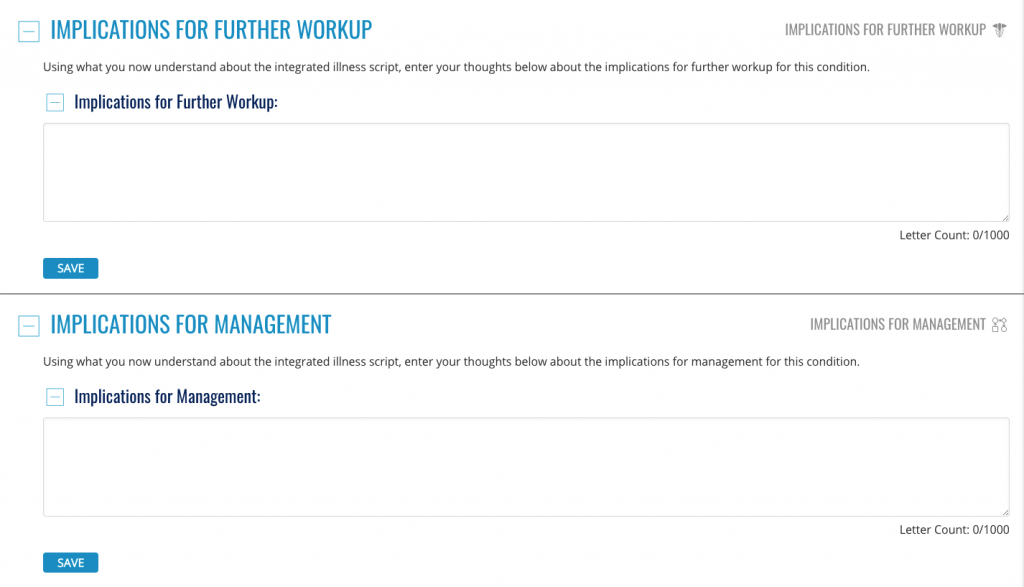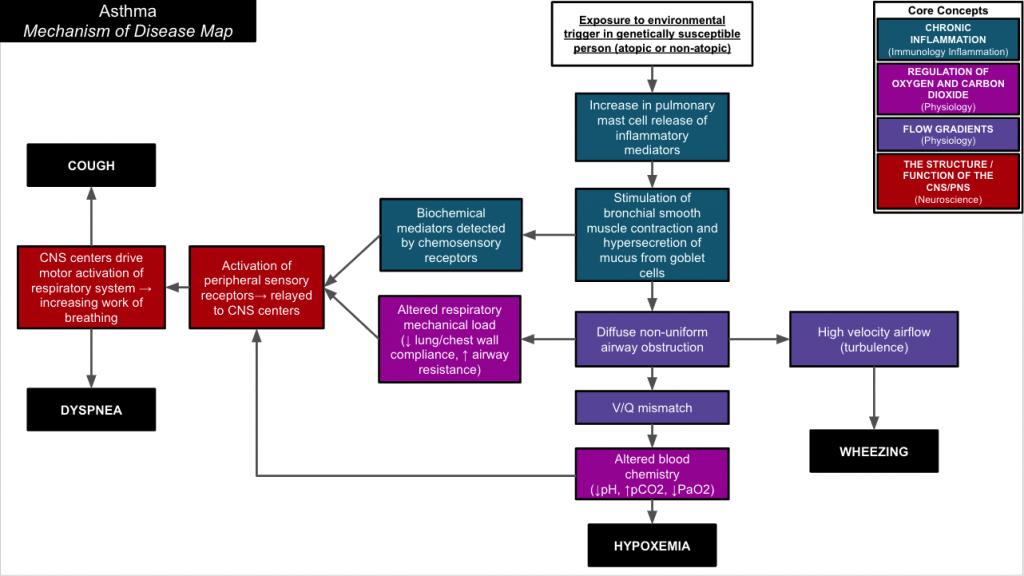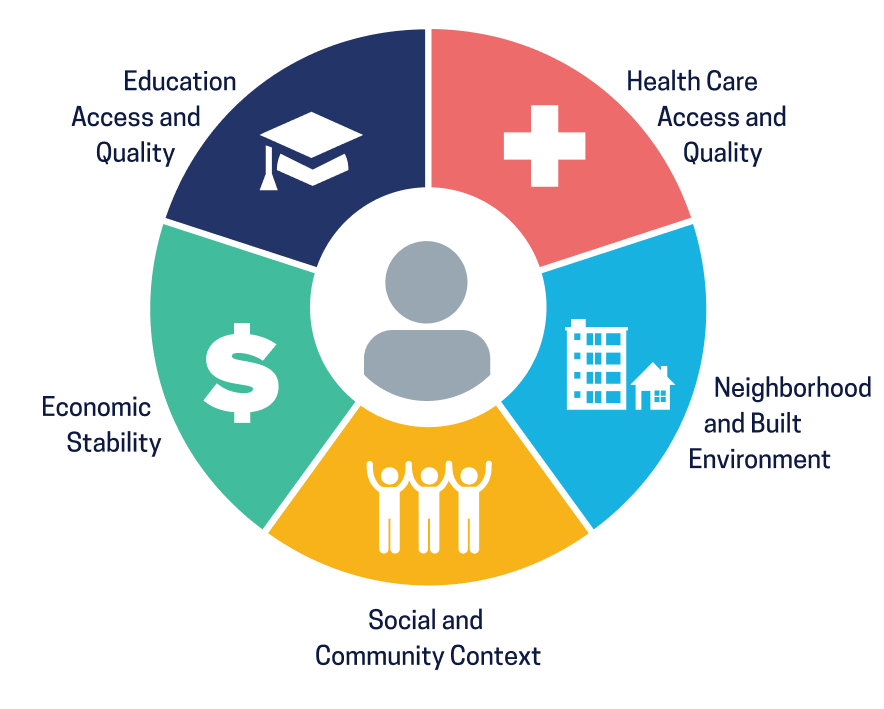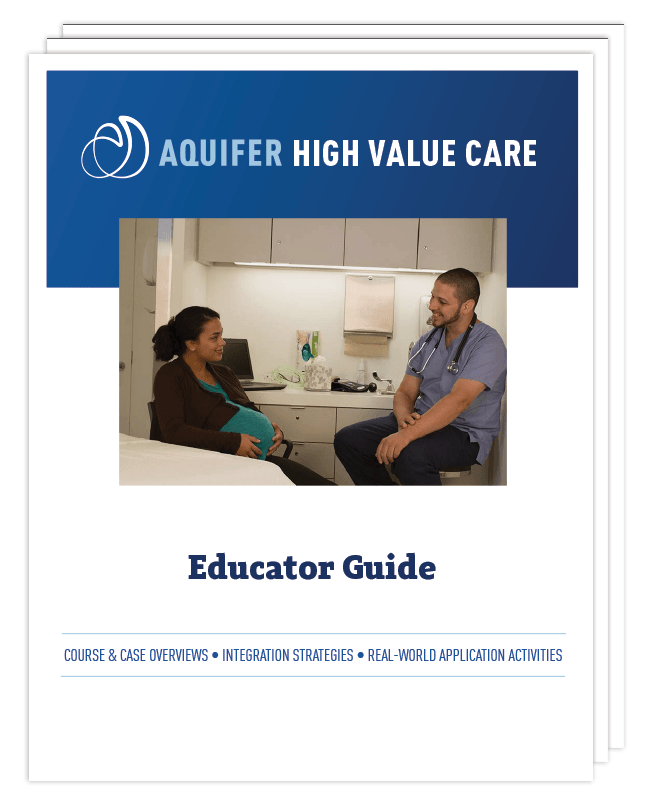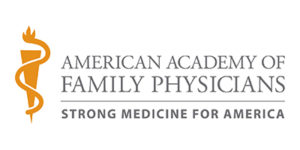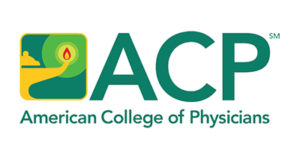
Palliative Care * Trauma-Informed Care * High Value Care * Diagnostic Excellence * Social Determinants of Health * Telemedicine

The 52 cases in Aquifer’s Clinical Excellence Case Sets deliver focused, in-depth teaching on important but often overlooked or difficult-to-teach topics that don’t have an obvious place in many programs’ curricula.
Overview
The Clinical Excellence Case Sets foster self-directed and independent study, develop clinical problem-solving skills, and teach an evidence-based, patient-centered approach to patient care. The 52 short cases cover principles and applications of key interdisciplinary topics critical to providing excellent patient care, including Palliative Care, Trauma-Informed Care, High Value Care, Diagnostic Excellence, Social Determinants of Health, and Telemedicine.
- Created for educators, by educators, to cover key topics
- Included with all Curricular Partner subscriptions and available by separate subscription to Limited Institutional Subscribers or individual subscribers.
- Streamlined case structure, delivering shorter, more focused principles and applications cases. Cases take approximately 15-20 minutes to complete.
- Appropriate to support pre-clinical or clinical learning.
- Can be combined with other cases in a custom course to meet the needs of your specific curriculum.
- Proven pedagogy that standardizes experiences—overcoming geography, seasonality, and accessibility
- Evidence-based, peer-reviewed, and continuously updated content
- Self-assessment questions emphasize key content and enable students to test their knowledge and skills
- A wealth of source material, tools, and full references in each case
The Clinical Excellence Case Sets follow a streamlined course and case structure, delivering shorter, more focused cases. Cases take approximately 15-20 minutes to complete.
Each case set begins with a principles module, which covers key definitions, epidemiology, explanations of key principles and why they are important for patient care, and a harm statement that makes it explicit what harm can come to the patient if the principle is not incorporated into practice.
After completing the principles module, students unlock additional application cases that explore realistic case scenarios. Application cases are concise and focus on one area of a patient encounter, and are centered around asking students to make important clinical decisions. Content models evidence-based best practices and communication strategies, exploring the real-world impacts on care and potential harm. At the end of each case, a reflection question asks the students to consider key takeaways, implications for their future practice, or personal wellness. Each application case also includes self-assessment questions that extend the learning to other scenarios.
Aquifer Clinical Excellence Case Sets are designed for any level student in a medical school or health professions program. Cases can be used to introduce principles and applications for pre-clinical students, reinforce concepts during relevant clerkships and electives, build capstone courses, and support rotations in a variety of clinical settings.
Combined with the brief just-in-time teaching on these topics included in many of Aquifer’s Signature courses, educators can be certain that learners have consistent, evidence-based coverage without adding significant faculty or learner time.
- Palliative Care • 13 cases
- Trauma-Informed Care • 12 cases
- High Value Care • 13 cases
- Social Determinants of Health • 3 cases
- Telemedicine • 4 cases
- Diagnostic Excellence • 7 cases






